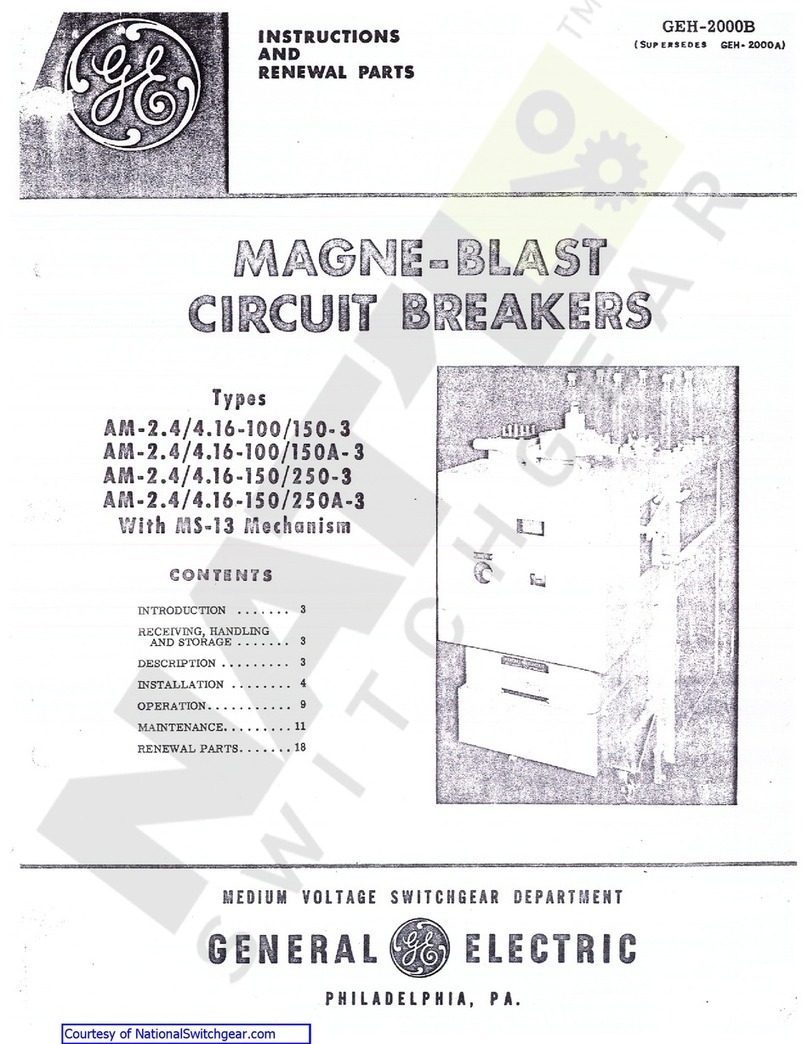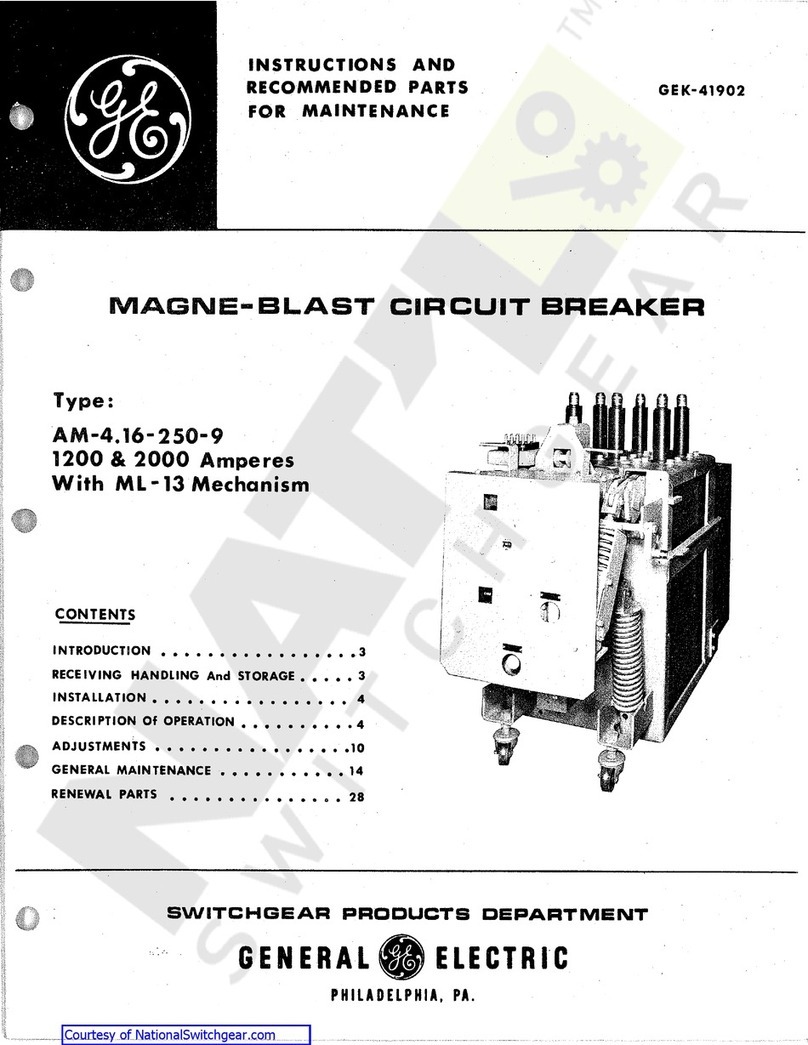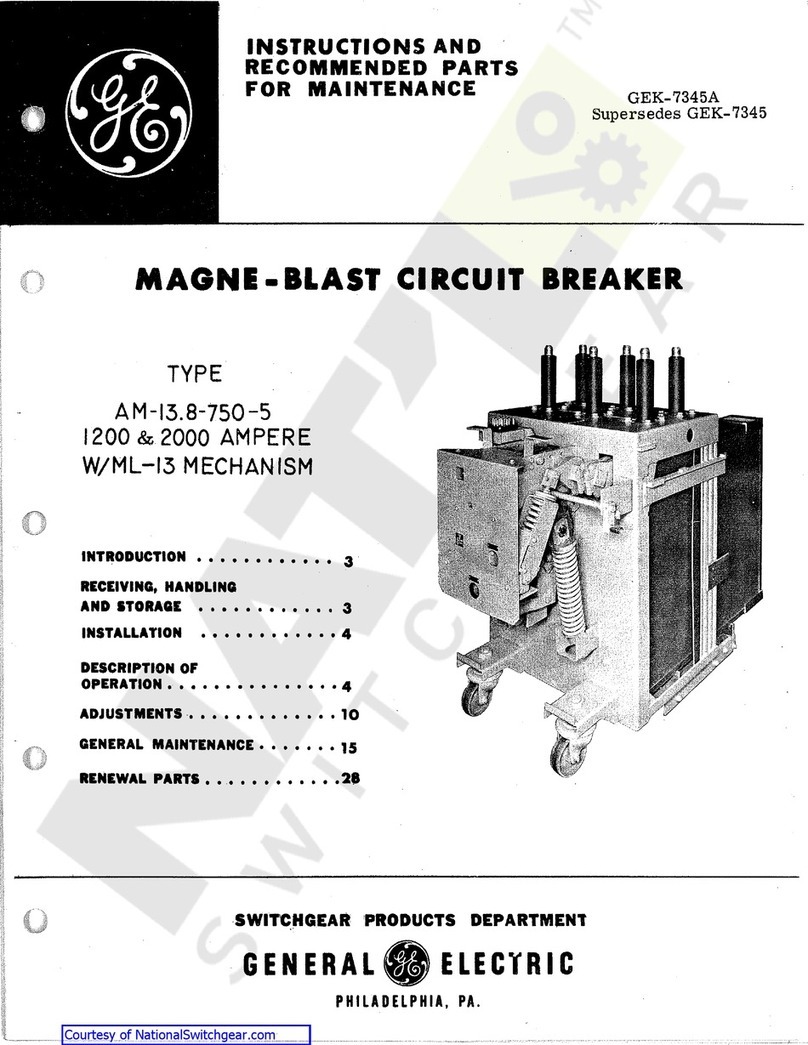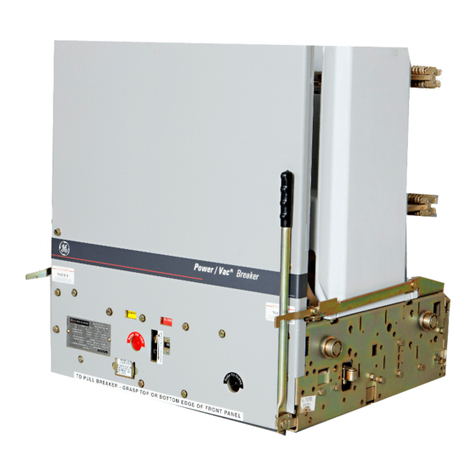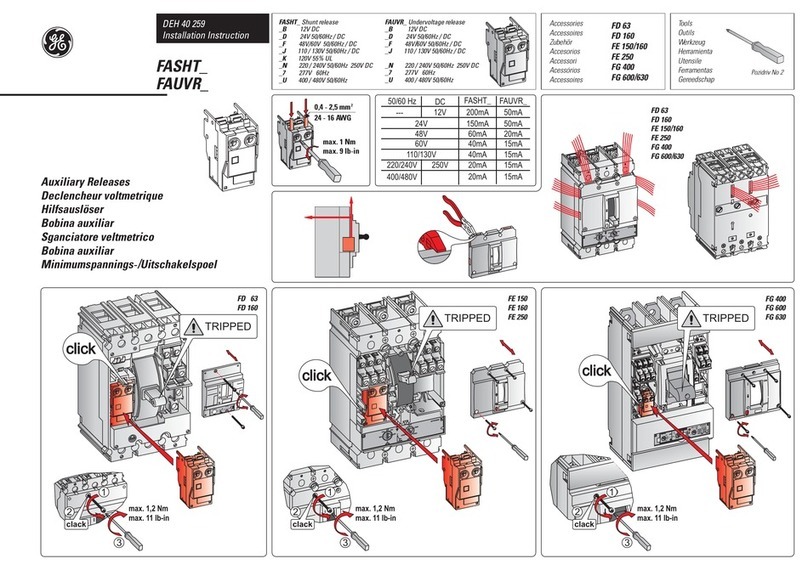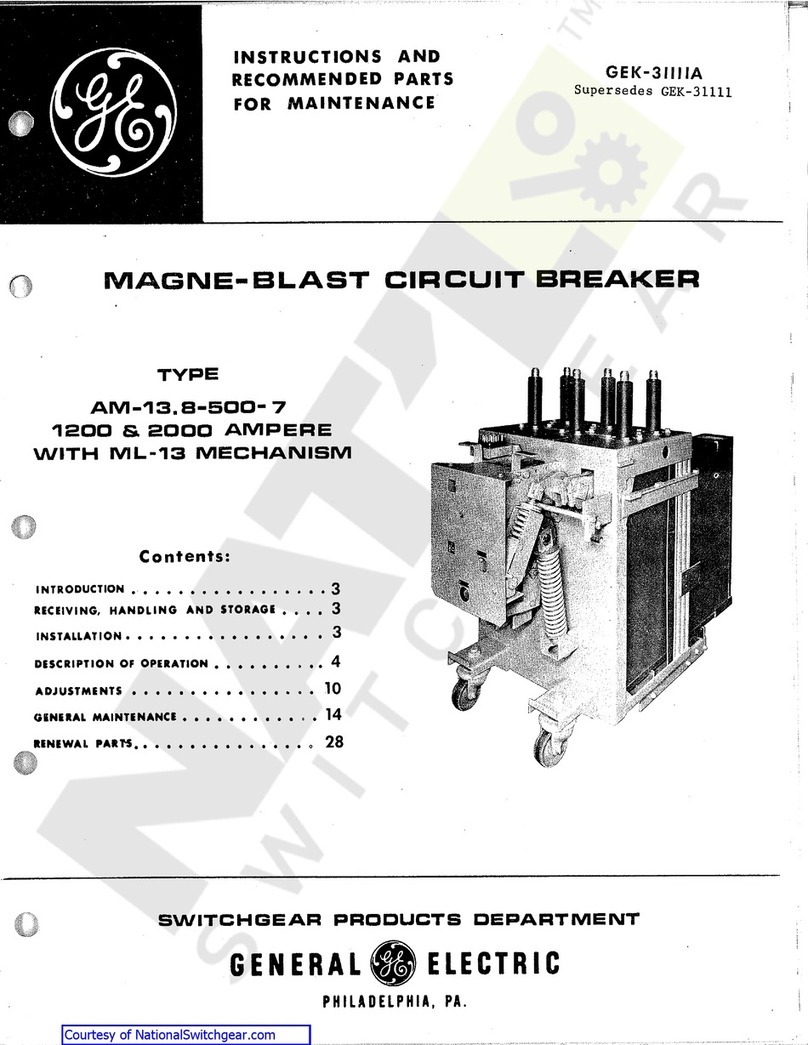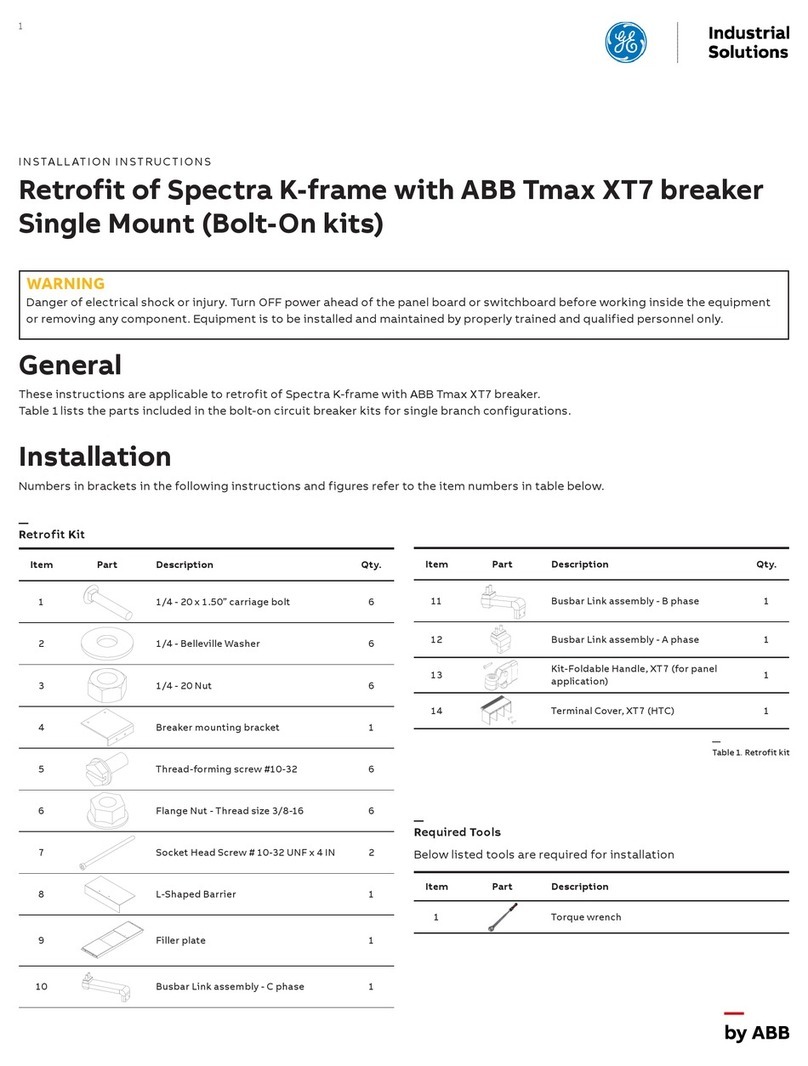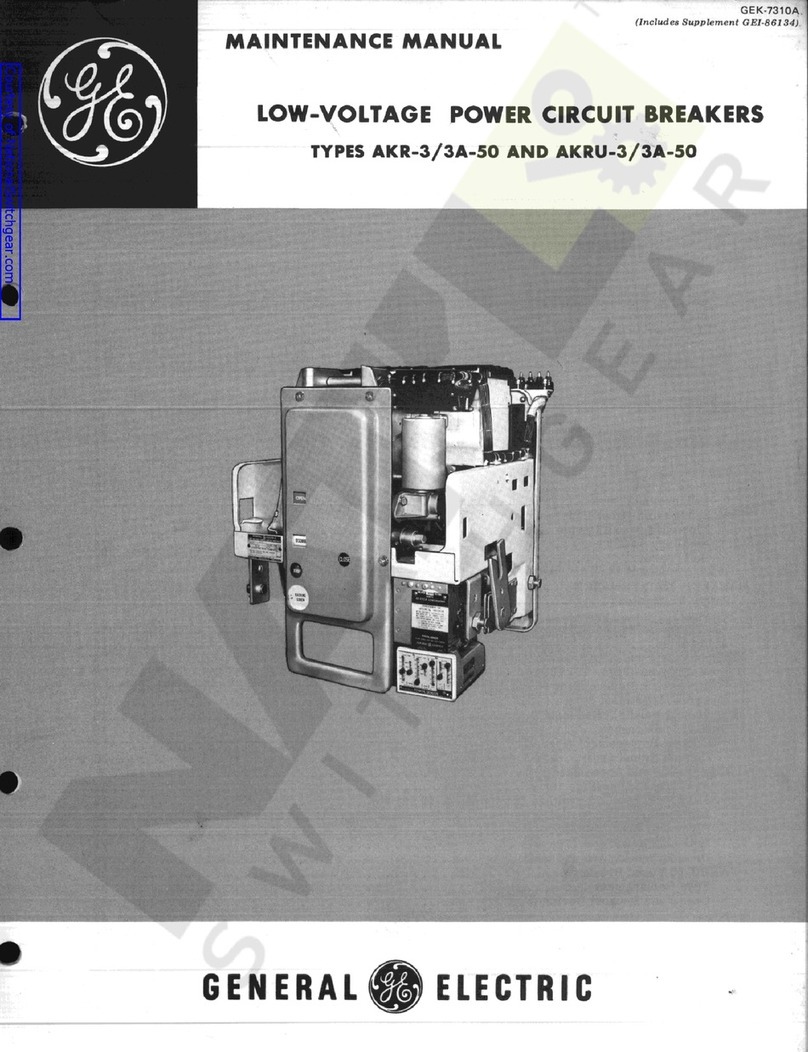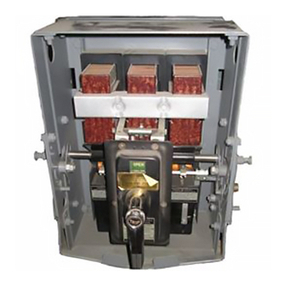GE Magne-Blast AM-13.8-1000-3H User manual
Other GE Circuit Breaker manuals
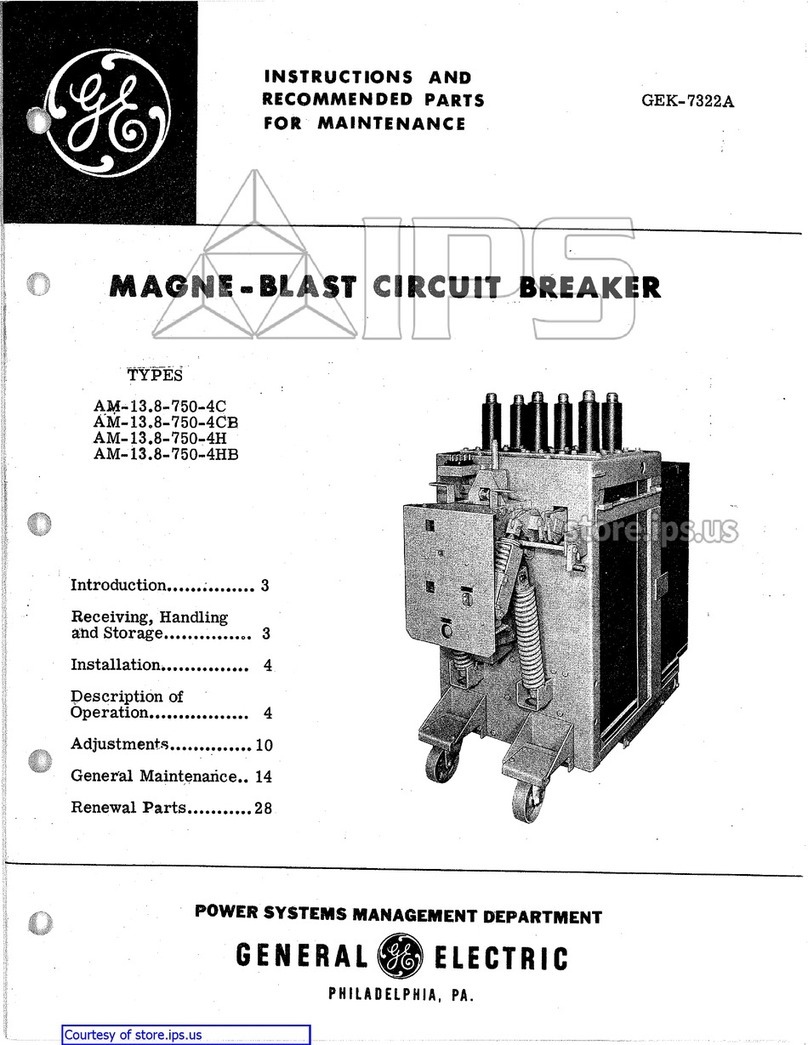
GE
GE AM-13.8-750-4C User manual
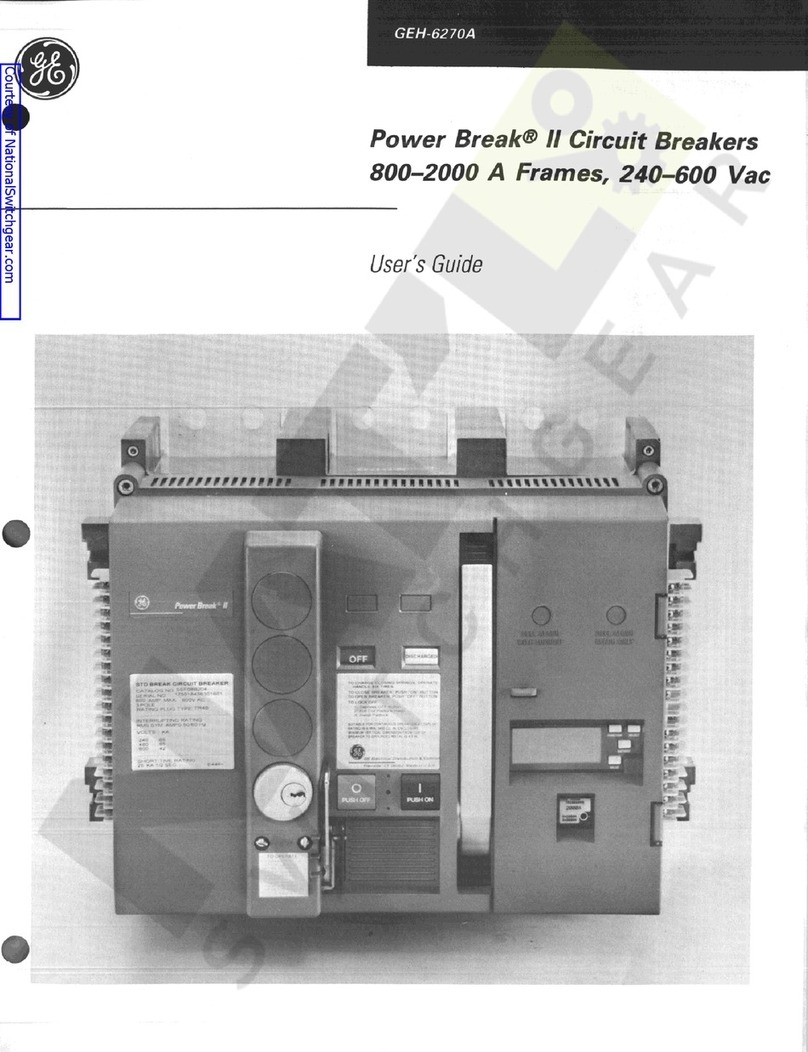
GE
GE Power Break II User manual

GE
GE MicroVersaTripPlus AK-50 User manual
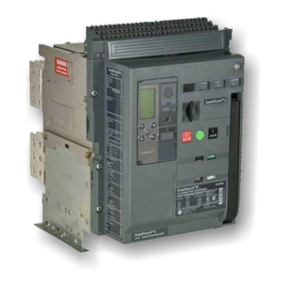
GE
GE EntelliGuard G User guide
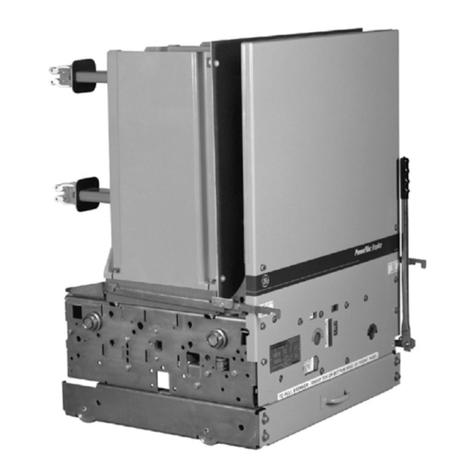
GE
GE PowerVac GEK-86132G User manual

GE
GE A Series Pro-Stock TQD User manual
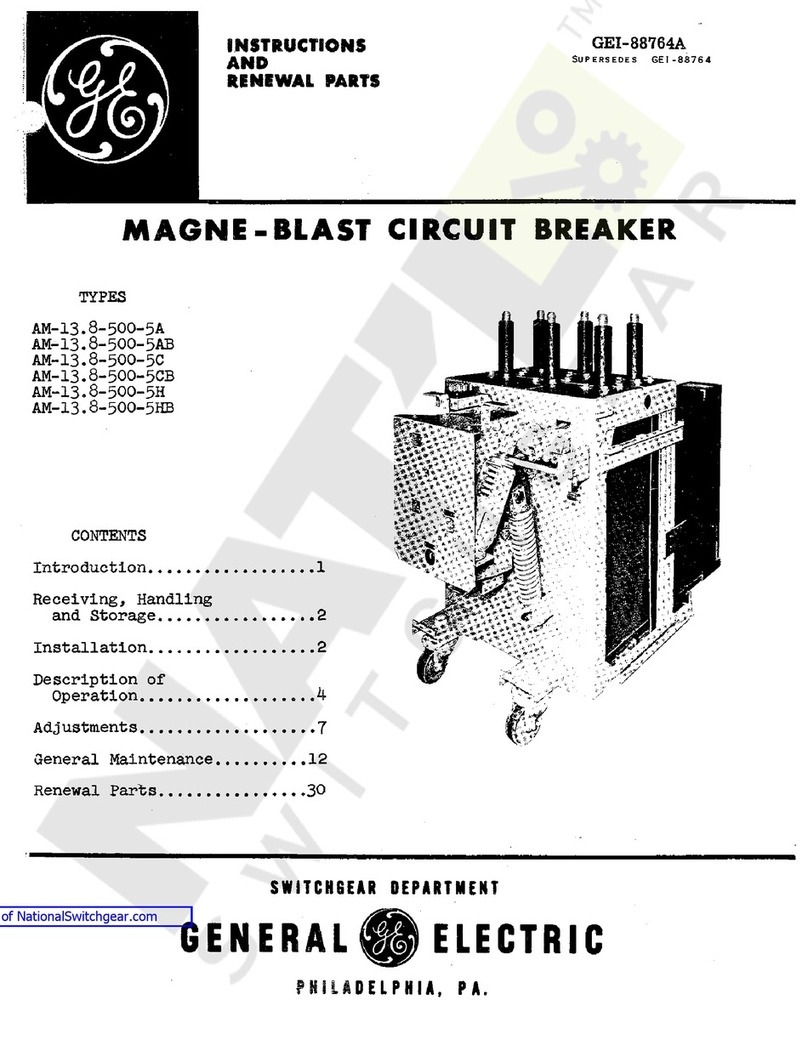
GE
GE AM-13.8-500-5A User manual
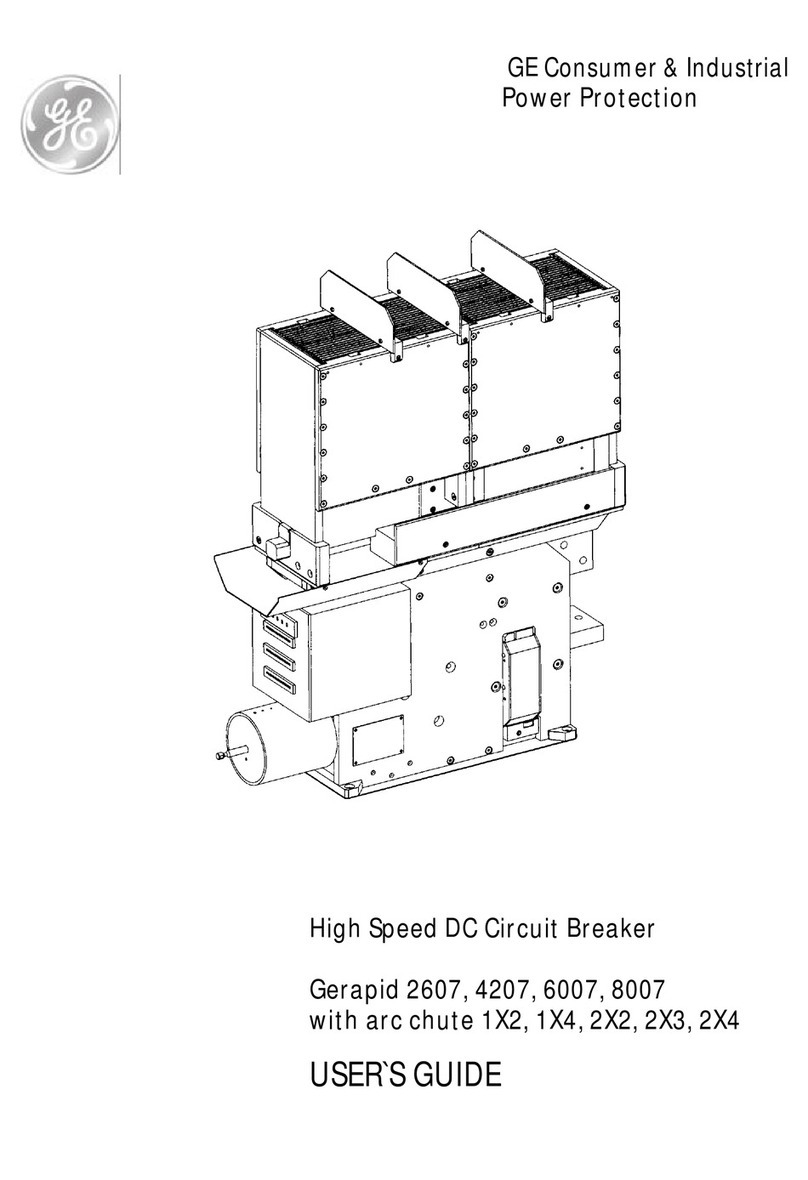
GE
GE Gerapid 2607 User manual
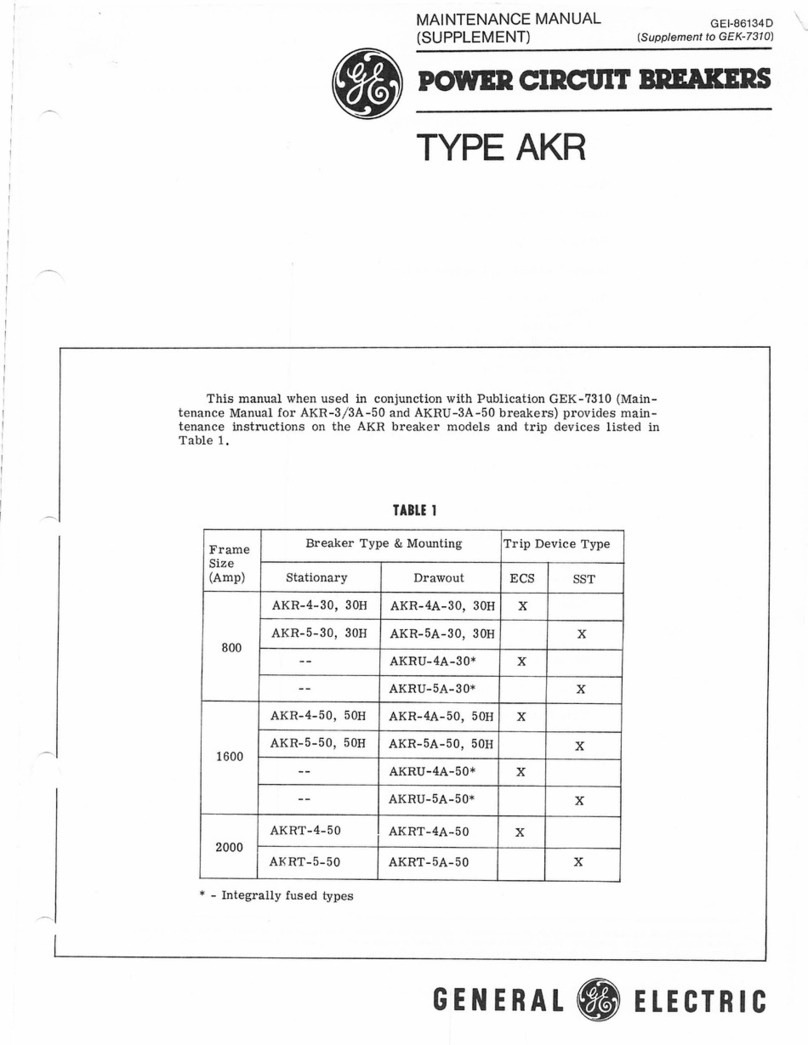
GE
GE AKR Series Configuration guide
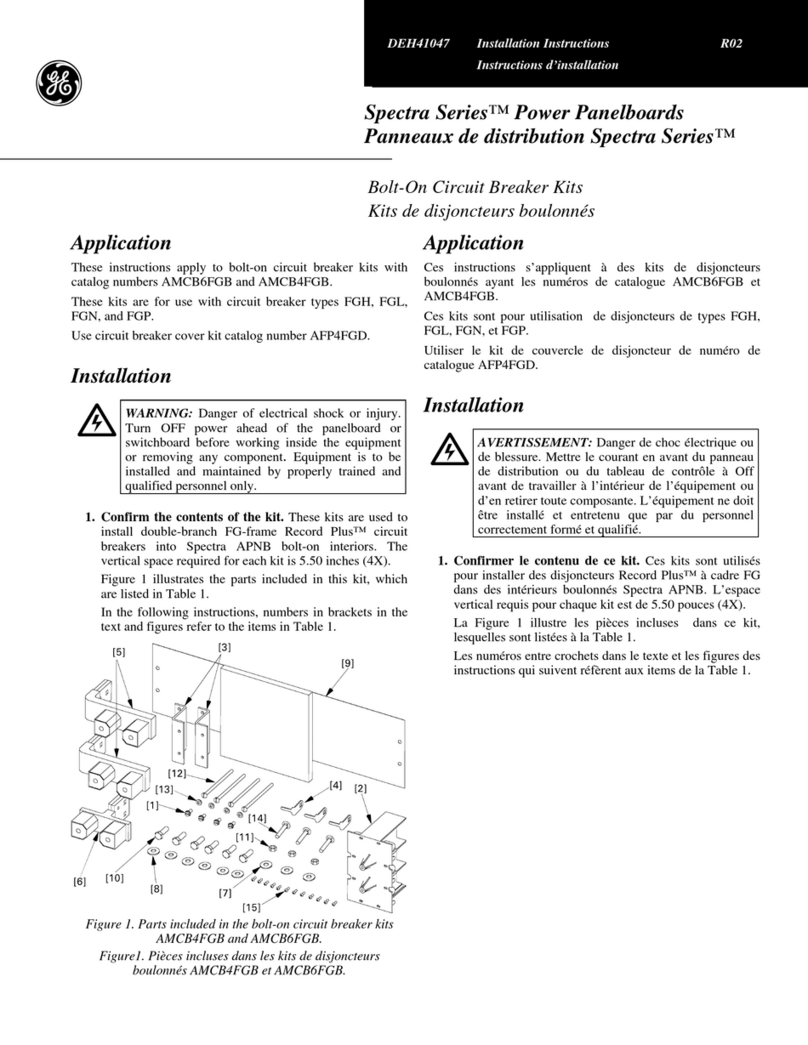
GE
GE Spectra Series AMCB6FGB User manual
Popular Circuit Breaker manuals by other brands

WEG
WEG FHU ACW125 installation instructions

TERASAKI
TERASAKI NHP TemBreak PRO P160 Series installation instructions

Siemens
Siemens Sentron 3VA9157-0PK1 Series operating instructions

hager
hager TS 303 User instruction

ETI
ETI EFI-4B Instructions for mounting

Gladiator
Gladiator GCB150 Installation instruction
